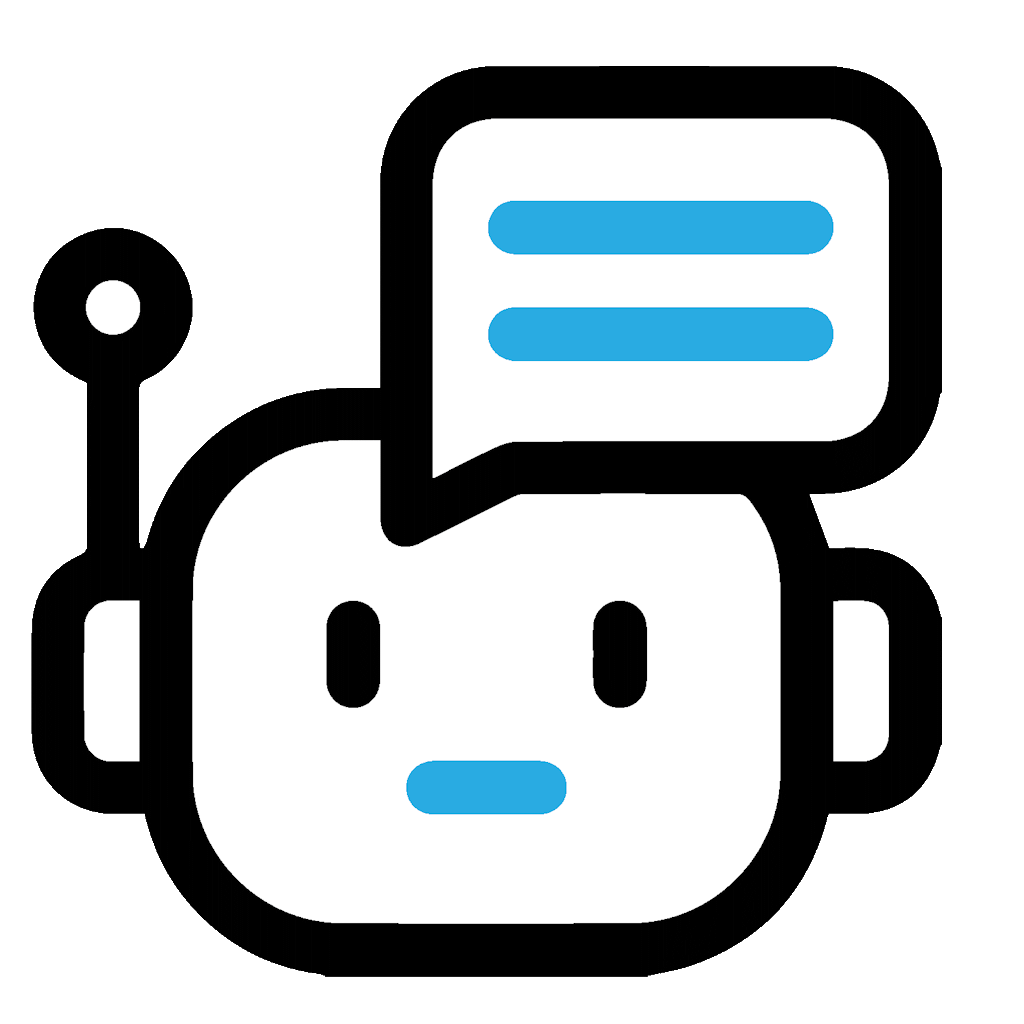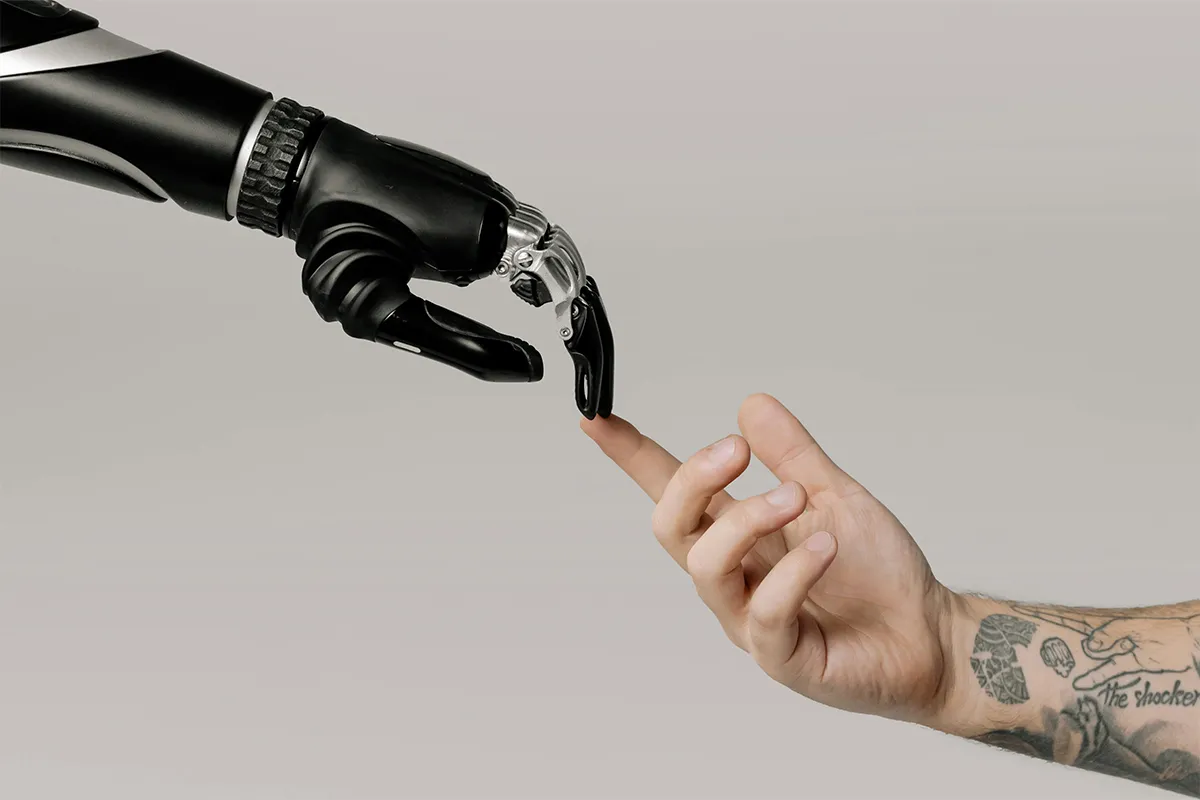It’s tempting to think that with just a few clicks, a machine can handle any translation job. Tools like Google Translate or DeepL are fast, free, and improving every day. But if you’ve ever seen a literal translation of a complex sentence—or worse, an idiom taken at face value—you know something’s missing.
In many cases, machine translation does a decent job. For basic phrases, quick reference, or casual messages, it can be incredibly useful. But when it comes to content that truly matters—marketing copy, legal contracts, healthcare documents, or even nuanced storytelling—the gap between a human translator and an AI tool becomes very real. That’s when it pays to turn to a trusted agencia de traduccion Barcelona, where language is treated with the precision it deserves.
When words mean more than words
One of the biggest challenges in translation isn’t the vocabulary—it’s the context. Human language is layered with culture, irony, wordplay, and unspoken intentions. A professional translator doesn’t just convert words from one language to another; they interpret meaning, adapt tone, and ensure clarity.
- Idioms and expressions: A human knows that “It’s raining cats and dogs” should become “Está lloviendo a cántaros” in Spanish—not a surreal animal storm.
- Sarcasm and irony: Machines often take statements at face value, missing the subtext entirely.
- Puns and humor: Wordplay rarely survives literal translation, but a human can recreate the intention with a local twist.
- Cultural sensitivity: What works in one culture may sound odd—or even offensive—in another. Professionals adapt content to avoid missteps.
This ability to read between the lines is something AI still struggles to emulate.
The risks of getting it wrong
Machine translation may save time, but it also introduces risk—especially when precision is non-negotiable. Some of the most common mistakes include:
- Literal translations that make no sense
- Confusion in ambiguous phrases (e.g. “bank” as a financial institution vs. river bank)
- Incorrect or inconsistent terminology in technical, medical, or legal fields
- Misinterpretation of tone, which can weaken the impact or change the meaning entirely
These aren’t just minor errors. In marketing, a poor translation can alienate an audience. In healthcare or law, it can have serious consequences. That’s why many professionals still rely on an agencia de traduccion Madrid when stakes are high and precision is key.
Tone and style: more than just grammar
Think about the difference between writing an email to a friend and writing a pitch to an investor. Same topic, different tone. Human translators are trained to adapt language depending on the audience and intent. They know when to be formal, when to simplify, when to persuade, and when to soften the message.
- Marketing: Keeping the brand voice consistent across languages
- Legal: Maintaining exact terminology and tone neutrality
- Health & safety: Prioritizing clarity and sensitivity
- Corporate communication: Reflecting hierarchy and cultural etiquette
This level of tone control simply isn’t something AI can master—at least, not yet.
Examples that speak for themselves
While AI has made leaps in speed and vocabulary, it still makes mistakes no professional would.
- Translating “Check out our killer deals” as something morbid
- Rendering “I’m feeling blue” as a literal colour change
- Confusing subject/object in languages with flexible word order
- Over-translating proper names or brand slogans
Professional translators have an intuitive filter for this. They don’t just speak both languages—they live them.
AI as a helpful assistant, not a replacement
To be clear, machine translation isn’t the enemy. It’s a useful tool when used wisely. Many professionals use AI for first drafts, to speed up repetitive tasks, or to support terminology research. But in contexts where meaning, tone, and intention matter, human expertise is irreplaceable.

